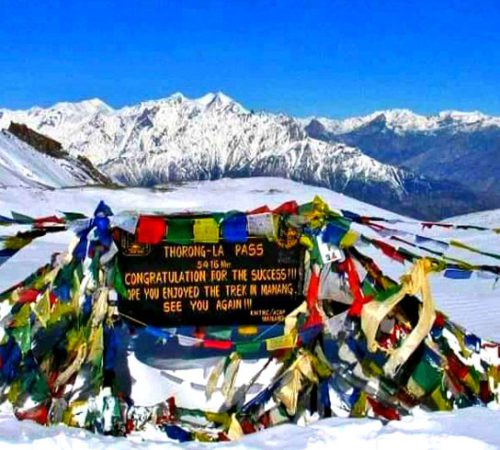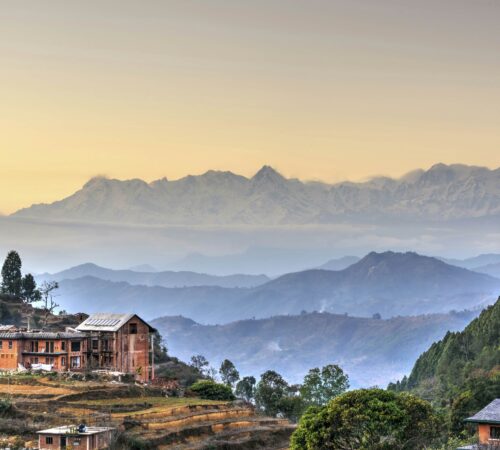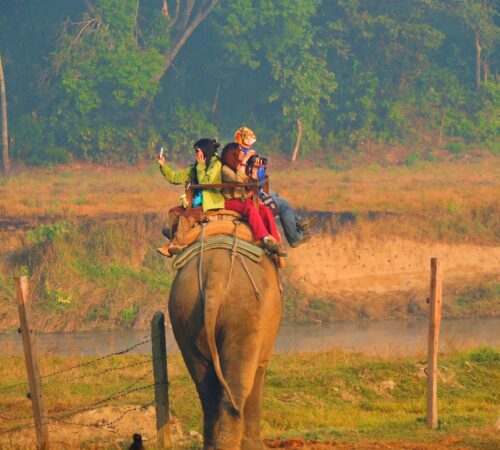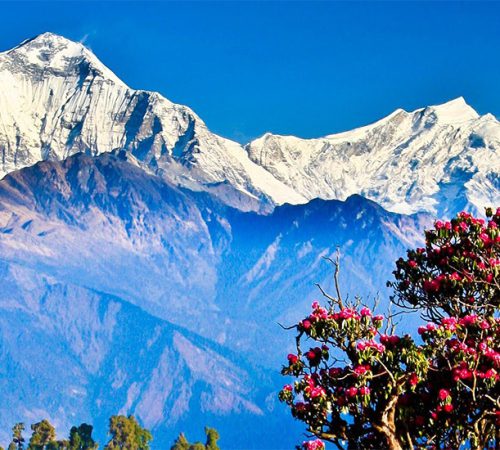Trip Facts
-
Duration
9 Days
-
Trip Start and End
Kathmandu Kathmandu
-
Difficulty Level
Moderate
-
Trip Area
Gandaki Province
-
Maximum Altitude
4500m/14,763.78ft - Mardi Himal Base Camp
-
Best Season
September-November and March-May.
-
Meals
Full board (please check the details)
-
Accommodation
Hotels, Resorts, Homestay
-
Transportation
Car Jeep or Bus
Highlights
- Panaromic mountain Views
- Varied Landscapes
- Cultural experiences
- Scenic Campsites
- Moderate Difficulty
- Wildlife and Flora
Trip Overview
Mardi Himal Base Camp, situated at an elevation of 4,500 meters (14,764 feet), is a stunning trekking destination in the Annapurna region of Nepal. The trek to Mardi Himal Base Camp is renowned for its breathtaking views of the Annapurna massif, including iconic peaks such as Machapuchare (Fishtail), Annapurna South, and Hiunchuli. The trail offers a diverse range of landscapes, from lush rhododendron forests and alpine meadows to rocky high-altitude terrains. Unlike some of the more crowded trekking routes in Nepal, the Mardi Himal trek provides a quieter, more serene experience, allowing trekkers to enjoy the pristine natural beauty and traditional Gurung and Magar villages along the way. Typically completed in 5-7 days, this trek is considered moderate in difficulty and is accessible to those with a reasonable level of fitness.
Detail Itinerary
+ Show More– Arrive at Tribhuvan International Airport in Kathmandu.
– Transfer to your hotel.
– Explore the vibrant streets of Kathmandu, visit UNESCO World Heritage Sites like Kathmandu Durbar Square, Swayambhunath (Monkey Temple), or Boudhanath Stupa.
– Meet your trekking guide for a briefing on the trek.
Cost Includes
- Guide and Porter
- Permits
- Accommodation
- Meals while on trek
- Transportation
- Equipment
Cost Excludes
- Personal Expenses
- Travel Insurance
- International Flights
- Additional Tours or Activities
- Accommodation and Meals Outside of the Trek
- Unforeseen Cost
Guidelines / Information
Acquire Permits
Obtain the necessary permits such as the Annapurna Conservation Area Permit (ACAP) and the Trekkers’ Information Management System (TIMS) card. These permits help support conservation efforts and ensure your safety.
Respect Local Culture and Customs
Familiarize yourself with the customs and traditions of the local communities along the trekking route. Respect their culture, dress modestly, and seek permission before taking photographs of people or their property.
Leave No Trace
Practice Leave No Trace principles by minimizing your impact on the environment. Dispose of waste responsibly, carry out all non-biodegradable trash, and avoid littering. Leave natural and cultural sites undisturbed.
Stay Hydrated and Energized
Drink plenty of water to stay hydrated, especially at higher altitudes. Consume nutritious meals to maintain energy levels throughout the trek.
Acclimatize Properly
Ascend gradually to higher altitudes to allow your body to acclimatize. Listen to your guide’s advice regarding altitude sickness symptoms and descend if necessary.
Stay on Designated Trails
Stick to established trails to avoid getting lost and minimize environmental damage. Deviating from marked paths can harm fragile ecosystems and disrupt wildlife habitats.
FAQs
The Mardi Himal Base Camp trek is a relatively short trek in the Annapurna region of Nepal that offers stunning views of the Annapurna range, Machhapuchhre (Fishtail), and Mardi Himal itself. It’s a less crowded trek compared to others in the region, making it ideal for those seeking a quieter trekking experience.
The duration of the Mardi Himal Base Camp trek typically ranges from 5 to 10 days, depending on the itinerary chosen and the trekker’s pace. A standard itinerary is usually around 7 to 8 days.
The best time to trek to Mardi Himal Base Camp is during the spring (March to May) and autumn (September to November) seasons when the weather is generally clear, and the views are spectacular. These months offer the best visibility and comfortable trekking conditions.
Trekkers need to obtain the Annapurna Conservation Area Permit (ACAP) and the Trekkers’ Information Management System (TIMS) card for the Mardi Himal Base Camp trek. These permits help support conservation efforts and provide important information about trekkers.
The Mardi Himal Base Camp trek is considered moderate in terms of difficulty. While it doesn’t involve any technical climbing, trekkers should be prepared for steep ascents and descents, varying terrain, and high altitude. Proper physical fitness and acclimatization are essential.
Accommodation along the Mardi Himal Base Camp trek consists mainly of teahouses or lodges operated by local villagers. These provide basic but comfortable rooms with meals included. Camping is generally not necessary on this trek.
Essential items to pack for the trek include sturdy trekking boots, warm clothing layers, a waterproof jacket, sleeping bag, sunscreen, sunglasses, hat, water bottle, snacks, basic first-aid kit, and personal toiletries. It’s important to pack light but adequately for varying weather conditions.
Altitude sickness is a potential risk on the Mardi Himal Base Camp trek, especially as you ascend to higher altitudes. It’s important to acclimatize properly, stay hydrated, and be aware of symptoms such as headaches, nausea, and fatigue. Adequate rest and descent are necessary if symptoms worsen.
Yes, the Mardi Himal Base Camp trek can be combined with other treks or activities in the Annapurna region or nearby areas. Popular options include the Annapurna Base Camp trek, Ghorepani Poon Hill trek, or cultural tours in Kathmandu and Pokhara.






